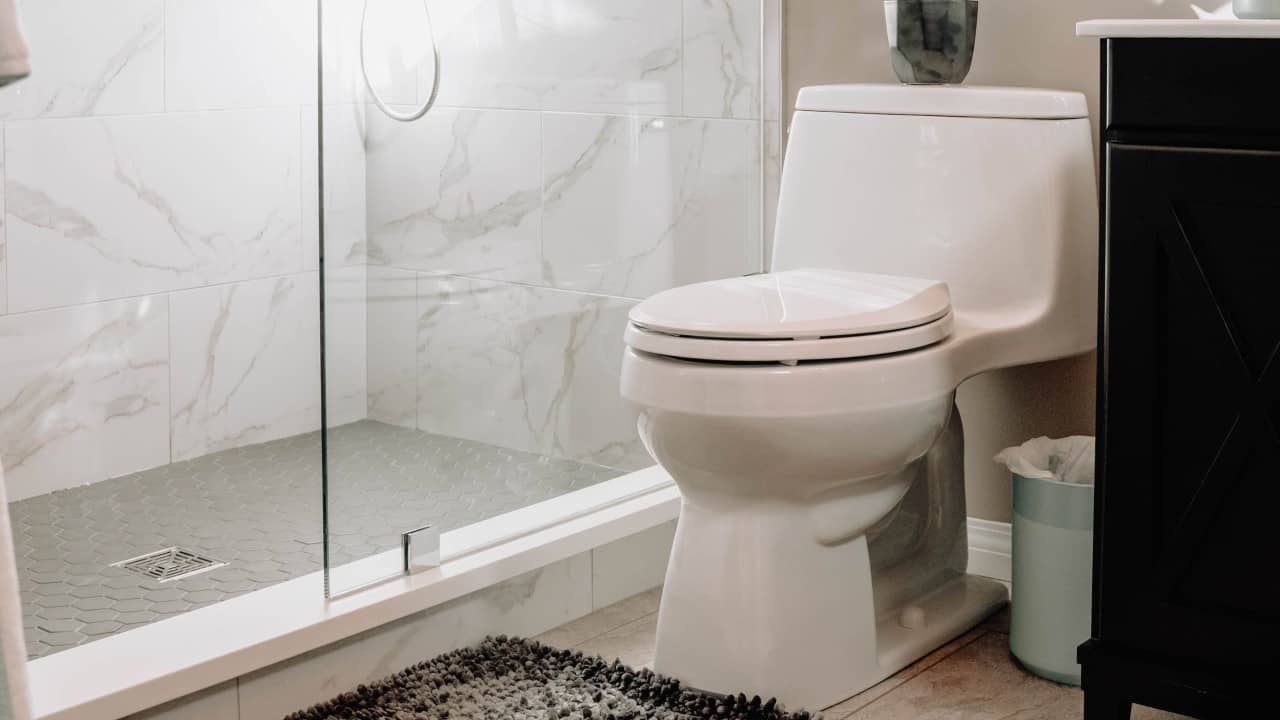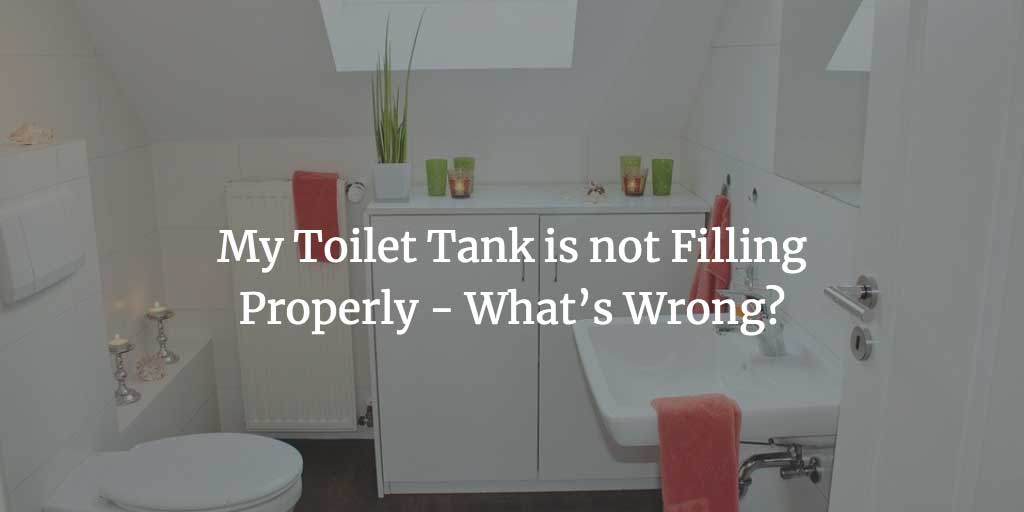Toilets, like all other sanitary fixtures, come in a variety of shapes and sizes. Whether you’re looking to replace your old broken toilet or you’re currently renovating your bathroom, selecting the right kind of toilet can be a difficult decision to make. That’s because there’s a myriad of options to choose from, and, what is more, the choice often depends on a couple of different criteria, including cost, durability, functionality, style, etc.
While it might seem that most folks choose a particular toilet because of its design, in reality, the shape and style are typically the last things buyers have in mind while shopping for a new toilet. What they prioritize are pricing and functionality – these factors are often at the top of the checklist. One crucial point of distinction that divides shoppers is whether to purchase a two-piece or a one-piece toilet.
Since you’re reading this, you’re probably in the same boat – unable to decide which one of these two toilet types is a better choice for your family and your bathroom. To help you out, I did a bit of research and found out everything about the differences between one-piece and two-piece toilets, and then came up with a list of advantages and disadvantages of each variety. Hopefully, the following info will help you make a decision:
Contents
What Are One Piece and Two Piece Toilets?
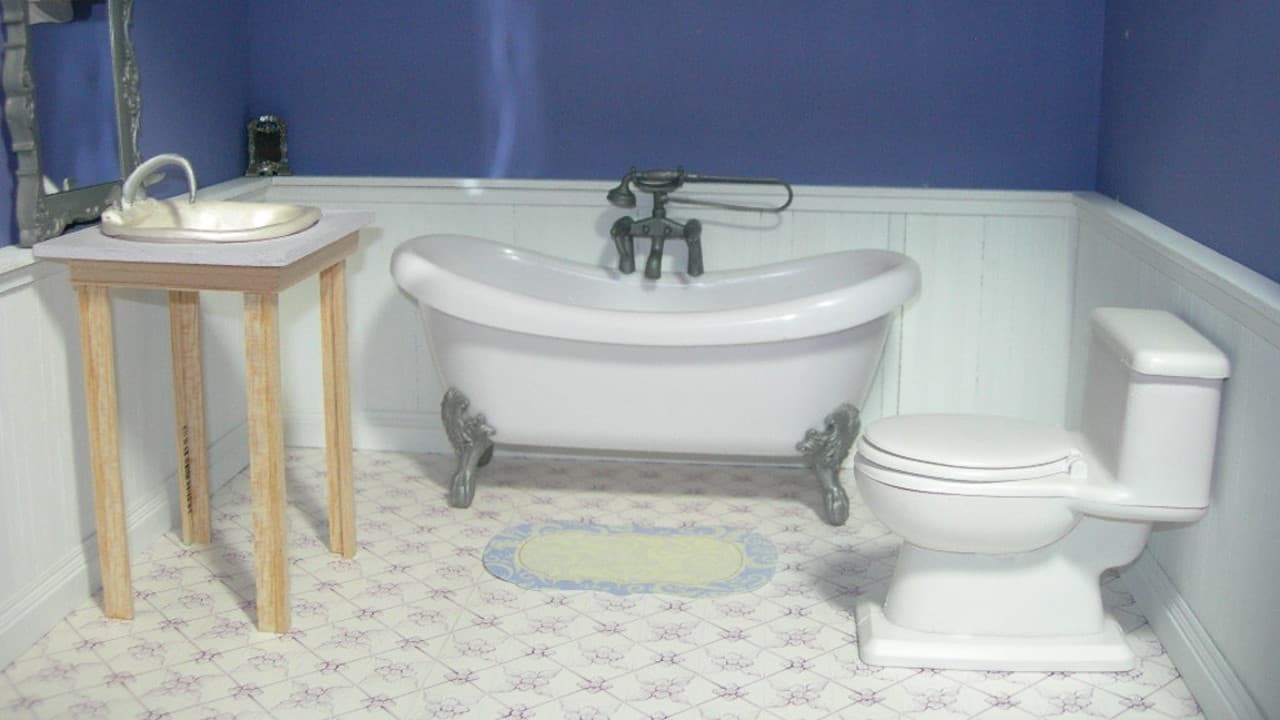
Photo by Heather via Flickr (CC BY-NC-ND 2.0)
To understand the difference between these two types of toilets, one needs to learn what components a sanitary fixture requires to function correctly. As you already know, the three primary parts of almost all toilets are a bowl, a pedestal, and a tank.
The role of the bowl is to transfer the human waste and used toilet paper to the sewage system below. The role of the tank, on the other hand, is to hold the water you’ll use for flushing the aforementioned waste. And finally, the pedestal is the component that defines the toilet’s height.
With this information in mind, a one-piece toilet is a bit more modern than its two-piece cousin since it integrates the bowl and the tank into a single sanitary fixture. This eliminates a lot of crevices and joints and therefore prevents mold and dirt from accumulating in those places.
On a two-piece toilet, on the other hand, the bowl and the tank are separated. They are, however, connected by a pipe. While it’s structurally different from its one-piece counterpart, a two-piece model often has a very similar flushing mechanism and can save just as much water.
What Are the Differences Between Them?
These are the primary differences between one-piece and two-piece toilets, separated into several categories:
Weight
One of the biggest differences between one-piece and two-piece toilets is that the former ones weigh a lot more. The reason behind this is quite obvious – the bowl and the tank are combined into one, single unit. This is why installing a one-piece toilet can be quite challenging and often requires assistance. Furthermore, a one-piece toilet is pricier to procure precisely because of its weight, which adds to the shipping cost.
Two-piece toilets, on the other hand, weigh significantly less and are, therefore, easier to handle. Also, the fact that their tanks are installed separately makes them a lot easier to put in place, but we’ll talk more about that later. For now, just keep in mind that most DIY-ers can single-handedly install a two-piece toilet, without any assistance.
Height
A lot of the one-piece and two-piece toilets found on today’s market adhere to the Comfort Height rules, i.e. they are ADA-compliant. This means that, when compared to regular 15” models, these toilets are taller and sit at the height of between 17” and 19”.
Are there any older people in your household? If that’s the case, keep in mind that the two-piece models are quite a bit easier to find in taller variants.
Size
It goes without saying, but both of these types of toilets are available in many different sizes. However, due to its compact design, a one-piece toilet will typically take up less space than its two-piece counterpart. One-piece models have shorter front-to-back dimensions since their bowls and tanks are molded into a single frame. This allows them to take up less space when it comes to height.
On the other hand, a two-piece toilet will have a separately-mounted tank – installed right above the bowl – and therefore occupy more room. Furthermore, these kinds of toilets often have elongated bowls, which is yet another thing that contributes to their overall size. It’s very important to ensure that you have enough space in your bathroom if you’re planning to go with a two-piece toilet.
Rough-In Measurement
While shopping for a new porcelain throne for your bathroom, one very important factor to keep in mind is the so-called rough-in measurement. If you don’t know what the rough-in measurement is, it’s the length from the center of the mounting hole on the toilet to the wall behind it.
The average rough-in measurement stands at about 12”. One-piece models are more limited in this department when compared to their two-piece cousins. This is because two-piece toilets offer a rough-in measurement range of between 10” and 14” and are, therefore, more flexible in this regard.
Durability
The difference between these two types of toilets in this department is quite difficult to ignore. While it’s true that they’re cheaper than the one-piece models, two-piece toilets aren’t as durable – the seals and joints that they have tend to wear off over time.
One-piece toilets, on the other hand, are more durable in the long run as they don’t require as many replacements. However, this comes at a cost. In the case of a serious crack, you may have to replace your entire one-piece model. This can be quite pricey, especially when compared to replacing just a single cracked part of a two-piece toilet. But still, one-piece models can last longer if they’re properly taken care of.
Installation
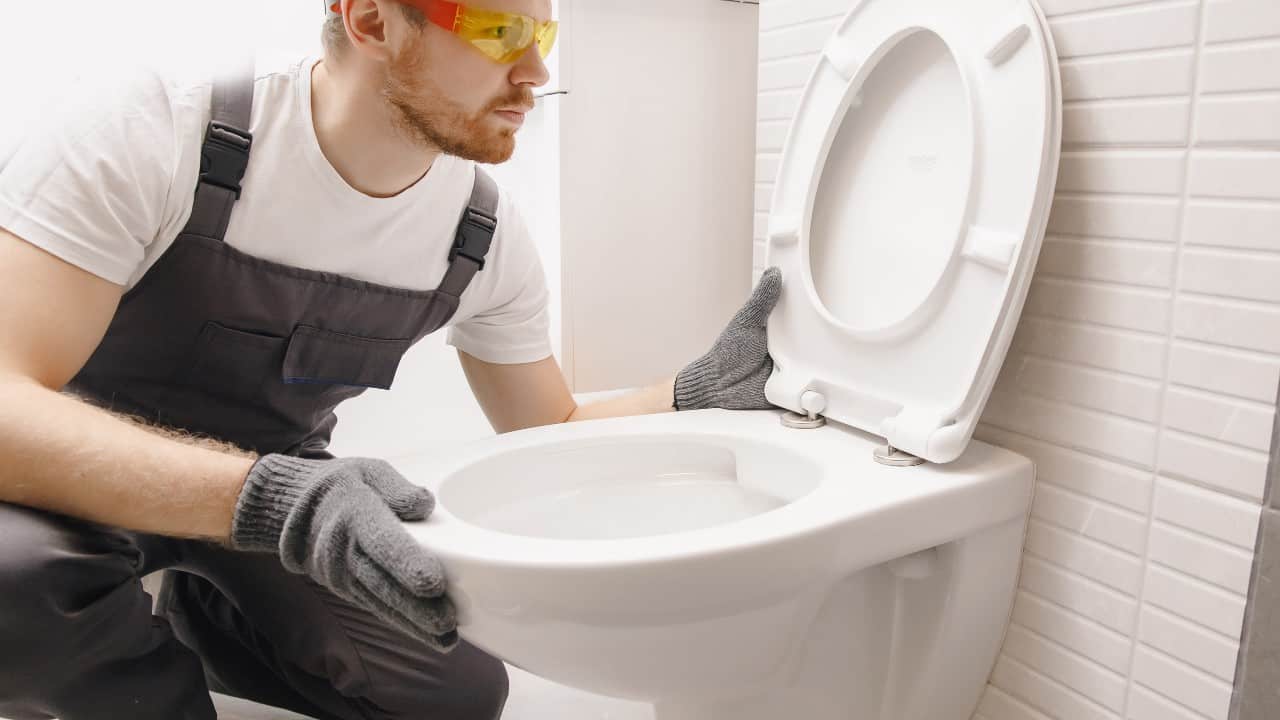
Both one-piece and two-piece toilets come with their own benefits and drawbacks in terms of installation. As I mentioned above, one-piece models weigh more which can make installing them quite difficult, particularly in tight spaces. However, their simplified design removes the need for any kind of assembly.
Two-piece toilets definitely require more technical know-how when it comes to putting the entire thing together. You’ll have to correctly connect the bowl to the tank in order to avoid leakage. However, they’re much easier to maneuver when compared to one-piece toilets, since they allow you to handle the tank separately.
Efficiency
When it comes to sheer efficiency and flushing power, there is no significant difference between these two types of toilets. Let me put it like this – if there are a one-piece and a two-piece toilet made by the same manufacturer, they will sport the same specifications, features, and flushing technology. Those looking for low-flow toilets will be pleased to know that there are both one-piece and two-piece models that are WaterSense-certified.
In the same manner, there is no significant difference between one-piece and two-piece toilets in terms of functionality. In fact, functionality has a lot more to do with the model’s GPF rating, and the market offers both one-piece and two-piece models with great GPF ratings. Therefore, the design of a toilet should not be a decision-altering factor if you’re looking for a high-functioning model.
Maintenance
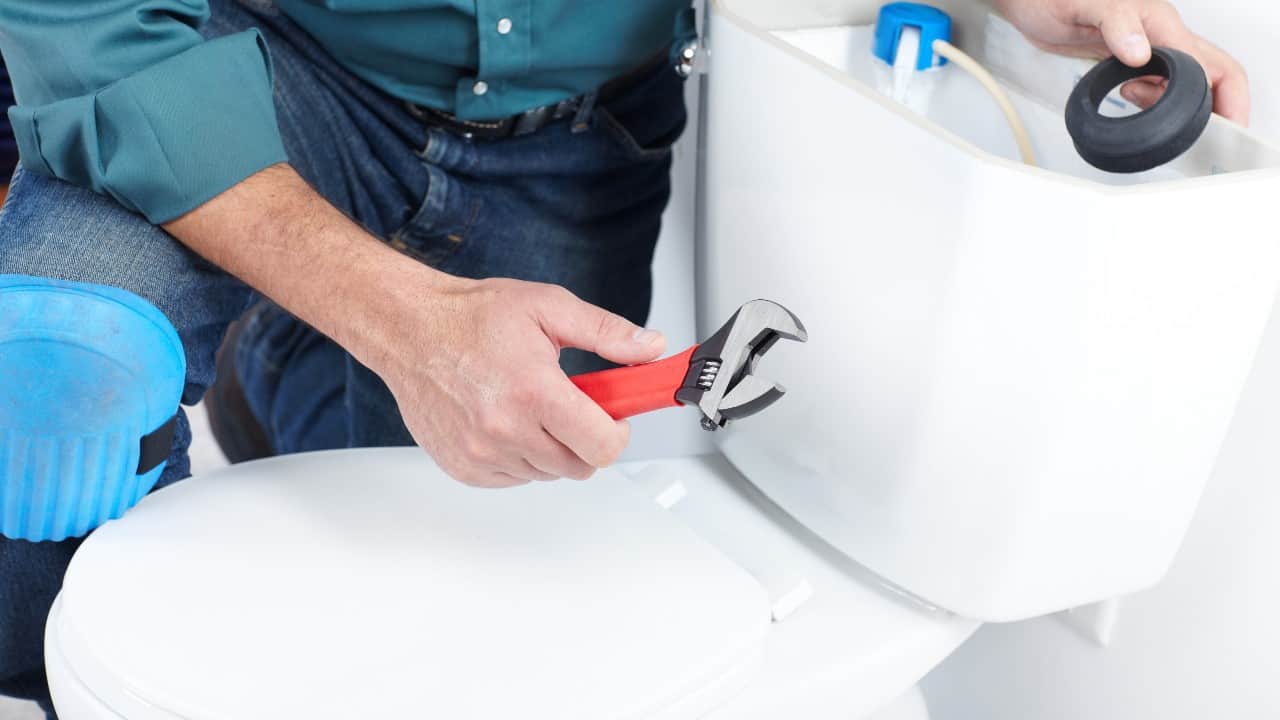
One-piece toilets are much easier to maintain – there’s no doubt about that. These toilets don’t have as many nooks and crannies due to their molded shape, making it harder for bacteria and mold to settle in them. One can clean a one-piece toilet by simply wiping the surface of its tank and bowl.
Cleaning a two-piece toilet, on the other hand, requires quite a bit more elbow grease. There are a lot of spaces on a toilet of this type that can become breeding grounds for bacteria, like the exposed bolts at the base or the joint between the tank and the bowl. Without proper maintenance, a toilet may start leaking from the tank bolts.
In case a particular two-piece model has an exposed trapway, the curves in its trapway are bound to accumulate grime and dust that can be quite difficult to clean up.
Cost
One of the biggest differences between one-piece and two-piece toilets is the cost. Even though they often sport similar or identical specifications, one-piece models tend to be pricier than their two-piece cousins. The price of a two-piece toilet rarely goes above $600, while a one-piece model can cost as much as $1200.
Obviously, the thing that can significantly affect the prices of both types is the number of features they’re equipped with. A two-piece model can definitely cost more than a one-piece model if it’s loaded with convenient, quality-of-life features. Also, while shopping for a new toilet, don’t forget to take the installation costs into account – having a toilet installed into your bathroom costs about $100.
Appearance
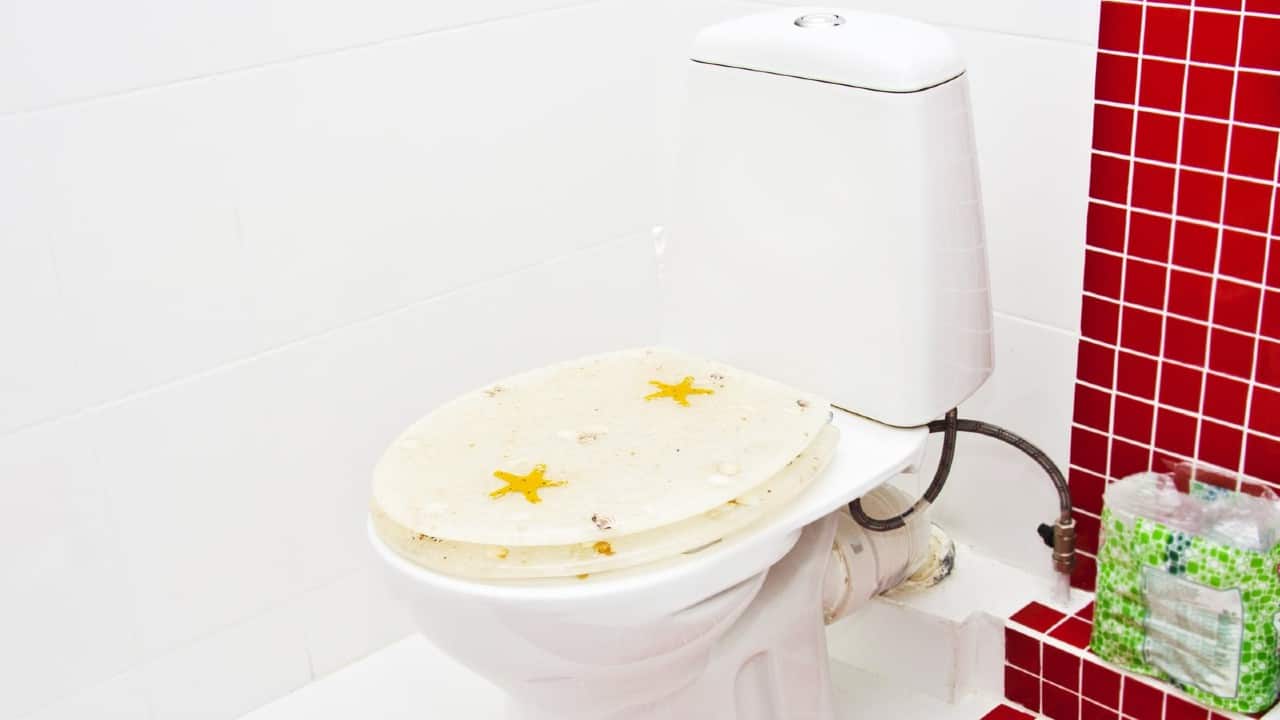
The race between these two types of toilets is endless when it comes to matching the decorations of your bathroom. That’s because both one-piece and two-piece toilets come in a wide array of styles. However, I think it’s pretty safe to say that the one-piece models look more modern due to their contemporary and compact design.
The skirted trapways found on these kinds of toilets give them a luxurious and sleek finish. Furthermore, they sport a very shiny glow due to their clean lines, especially when compared to two-piece models. However, in case the toilet isn’t really affecting the appearance of your home, i.e. if you’re keeping it in a separate room instead of your bathroom, you can safely go with a two-piece model.
One Piece vs Two Piece Toilet – Pros & Cons
The Pros of One-Piece Toilets
- Compact Size – One-piece toilets sport a more compact design and are, therefore, easier to fit inside smaller bathrooms.
- Long-Term Durability – These kinds of toilets are made of long-lasting ceramic and don’t have as many joints as two-piece models.
- Easy to Maintain and Clean – These toilets are easy to clean due to their molded design.
- Appealing Design – These toilets look very minimalistic and contemporary. Their clean looks make them perfect for modern bathrooms.
The Cons of One-Piece Toilets
- Heavy – These toilets are more difficult to shift from one place to another due to their bulkiness.
- The Replacement Issue – In the case of cracking, an entire one-piece toilet may need to be replaced.
- Height – To save on space, one-piece toilets typically have low seating. They’re not the best choice for taller folks.
- Price – When compared to their two-piece counterparts, one-piece toilets cost significantly more.
The Pros of Two-Piece Toilets
- Easy Installation – The two pieces of two-piece toilets can be handled separately, making the installation very easy.
- Easy Replacement – It’s easy to replace the individual part in case of damage, which can’t be said for one-piece toilets.
- Comfortable Seat – A majority of two-piece models are equipped with elongated bowls, which are more comfortable than the round bowls found on most one-piece toilets. Check this post on elongated vs round toilets for more information.
- More Affordable – With their prices starting at $100, two-piece toilets are a more affordable option.
The Cons of Two-Piece Toilets
- Not as Durable – The seals and joints of two-piece models wear off over time. Furthermore, most models are accompanied by relatively short 1-year warranties.
- Not Comfortable for Everyone – Two-piece models are taller and therefore not as comfortable for kids and shorter folks.
- Cleaning – Two-piece toilets have many more joints, crevices, and curves that turn into hotspots for bacterial growth if not cleaned regularly.
- Large Size – These kinds of toilets can take up a lot of space in the washroom. Their design doesn’t gel well with the aesthetics of contemporary, space-saving bathrooms.
One Piece vs Two Piece Toilet – The Verdict
While this comparison may have made one-piece toilets look like the absolute winners, you should keep in mind that their two-piece counterparts have many advantages that are worth considering. Take all the crucial factors – pricing, ease of maintenance, space occupied, comfort, etc. – into account before making the ultimate decision.
